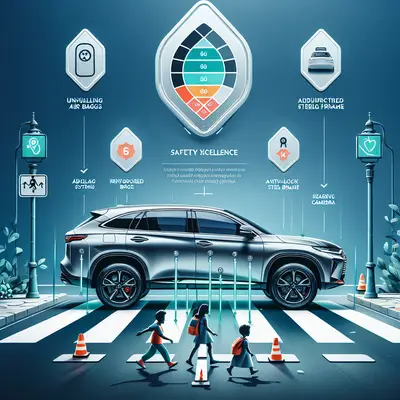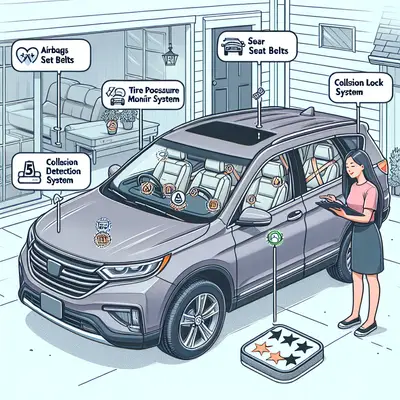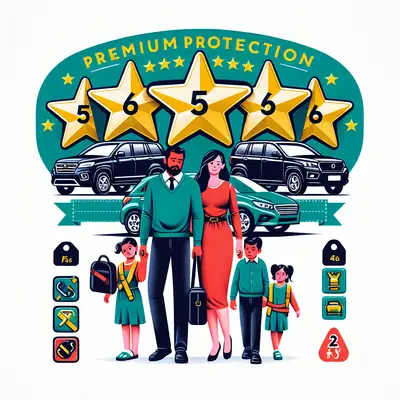1. The Science Behind Crash Test Ratings
Safety Ratings are calculated based on crash test results. These tests, conducted by organizations like the National Highway Traffic Safety Administration (NHTSA) and the Insurance Institute for Highway Safety (IIHS), simulate various collision scenarios. Understanding the parameters of these tests, whether they include front, side, rollover, or rear crashes, allows you to gauge the protective capabilities of your chosen SUV in diverse situations.
2. Advanced Safety Technology
Today's SUVs are equipped with cutting-edge safety features that extend beyond the conventional seatbelt and airbags. Technologies such as forward-collision warnings, automatic emergency braking, and lane departure warnings, contribute significantly to the vehicle's safety rating. These advancements in technology can bolster the SUV's protective shield, offering an additional layer of security for your family.
3. Child Safety Considerations
When shopping for a family SUV, the safety of your little ones is undoubtedly a top priority. Child safety seat compatibility, LATCH (Lower Anchors and Tethers for Children) system ratings, and rear door safety locks are all factors that contribute to an SUV's overall safety rating. Evaluating these aspects will ensure that the vehicle is tailored to protect your most precious cargo.
4. The Role of Vehicle Size and Weight
The size and weight of an SUV play a critical role in its safety capabilities. Larger, heavier vehicles generally offer more protection in the event of a collision. That being said, smaller SUVs have made significant strides in safety due to advancements in structural design and safety technology. Deciphering how size and weight impact the safety rating of your potential SUV will arm you with valuable knowledge in your purchasing decision.
5. The Importance of Visibility
Visibility can have a profound impact on a vehicle's safety rating. Features like rearview cameras, blind-spot detection, and well-designed mirrors significantly enhance a driver's field of vision, helping to prevent accidents before they occur. Observing how these visibility factors influence an SUV's safety rating can help you select a vehicle that offers a clear view of safety.
Conclusion
Navigating the intricate world of Family SUV Safety Ratings demands a discerning eye and an understanding of the factors at play. By unraveling the threads of crash test ratings, safety technology, child safety considerations, vehicle size and weight, and visibility, you can confidently select an SUV that offers premium protection for your family. After all, when it comes to the safety of your loved ones, every detail matters.



